It is also the first country in the world to use banknotes and invented it for use of the people of China in those days. Since this blog is about money, I would not be posting a lot about the history of the various dynasties that has issued banknotes as it would be too long but on the other hand we can learn a lot through the various issuances of banknotes in the various dynasties that existed in China.
This is a brief idea of how China came to invent and use the first banknotes in the world.In the old days,in China, coins were circular with a rectangular hole in the middle were used in everyday transactions and there were no banknotes, can you imagine using only cents to pay for an item that costs a Dollar or even to pay an amount as high as 100 Dollars??.If paying for large amounts with coins was hard enough, carrying it around would be even harder.Though these coins were strung together with a string or rope to ease transport a solution had to be found.
If that was not enough,let me tell you about the denominations of coins.In China those days there were copper coins and each one was known as 1 cash and bigger amounts were known as Tael.To get one Tael,it would take 1000 cash unlike today where 100 cents would be equal to 1 Dollar.
Yes the all smart Chinese people found a solution and thus led to the creation of the banknote”Jiaozi”,the worlds earliest banknote during the Song dynasty and following dynasties followed one after the other.The next dynasties continued to issue banknotes until the PRC. The history of these notes and a little history of China can be found here.
From the Song dynasty to the Peoples Republic of China the type of banknotes are just too many and numerous banks have issued them.I dont think there is anyone who has half of the type of banknotes from China.The beauty and history of these notes are just amazing and interesting.I believe that China itself has the most type of different paper money in the world.Every type of note has a story behind it.The information here is just a scratch on the surface and more can be found in the internet.Due to my financial status I do not have most of the notes although I wish I had so the images here are obtained from various sources in the internet.I hope you will enjoy it as much as I do.:-)





 Spring Outing of the Tang Court (Zhang Xuan)
Spring Outing of the Tang Court (Zhang Xuan)

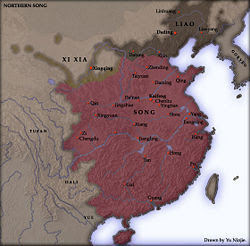
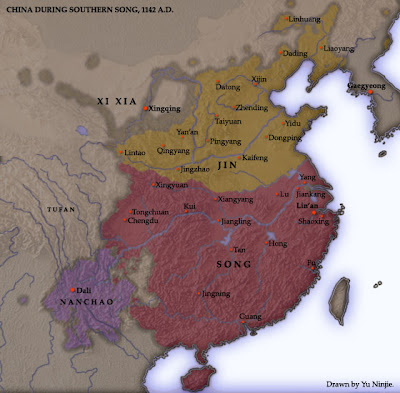
 Emperor Zhenzong
Emperor Zhenzong Rabbit and Jay birds(Cui Bai,1061)
Rabbit and Jay birds(Cui Bai,1061)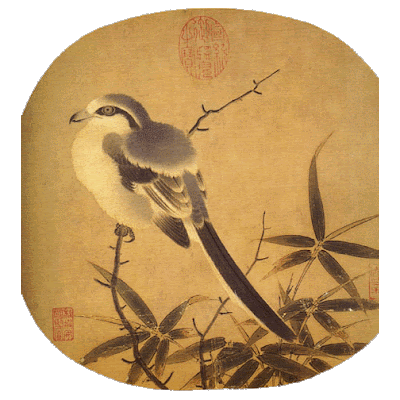 Bird on branch(Li Anzhong,12th cent)
Bird on branch(Li Anzhong,12th cent)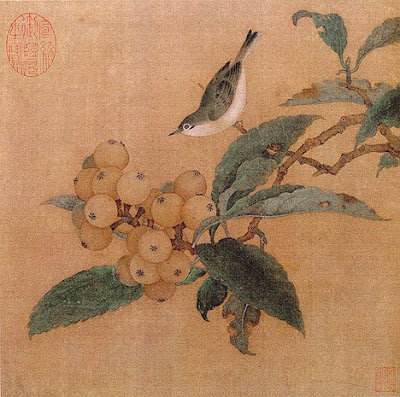 Loquats and mountain birds
Loquats and mountain birds Duckling
Duckling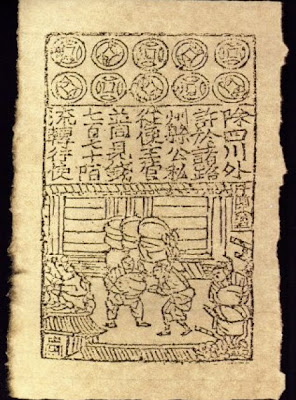 Jiaozi note
Jiaozi note Huizi note
Huizi note
 Plate(19-12th century)
Plate(19-12th century)
 Jade Ornament from Jin
Jade Ornament from Jin Chengling Pagoda built between 1161 and 1198AD
Chengling Pagoda built between 1161 and 1198AD
 Kublai Khan
Kublai Khan Porcelein plate,14th century
Porcelein plate,14th century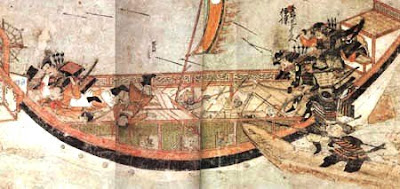 Invasion of Japan
Invasion of Japan Invasion of Japan
Invasion of Japan


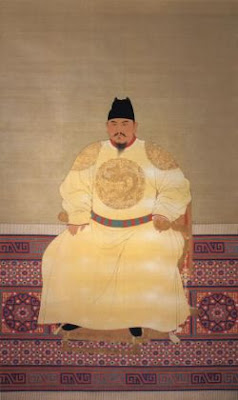 Hongwu Emperor
Hongwu Emperor
 Forbidden City(Built during reign of Yongle)
Forbidden City(Built during reign of Yongle) Hongxi Emperor
Hongxi Emperor Spring Morning
Spring Morning Ming 1 kwan note(Hongwu reign)
Ming 1 kwan note(Hongwu reign) 50 cash note(Hongwu reign)
50 cash note(Hongwu reign)